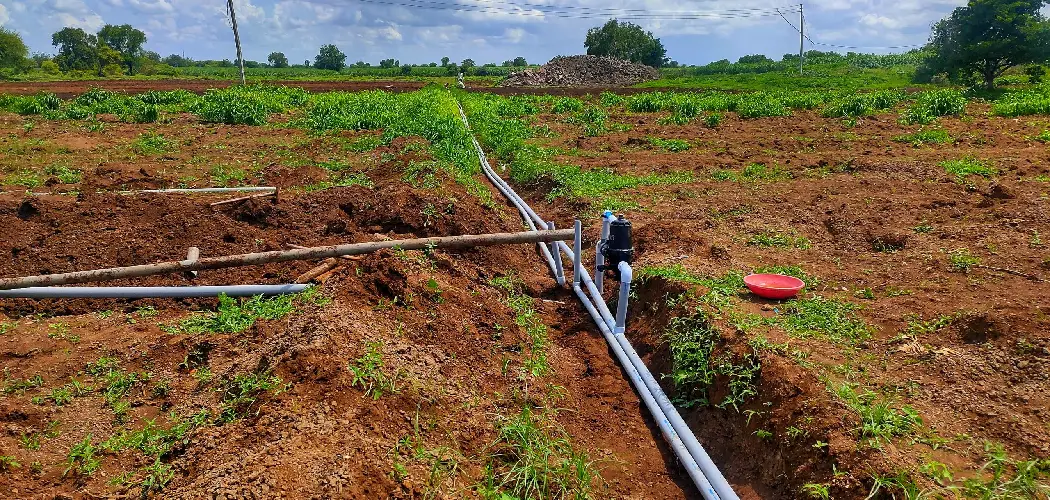Are you having trouble trying to figure out where your water line is located? The frustration of not being able to identify the correct place can lead to big problems, especially if you are a homeowner dealing with an issue like a water pipe leak. Fortunately, estimates suggest that over 90 million people in America alone have access to running fresh from their homes – so don’t fret!
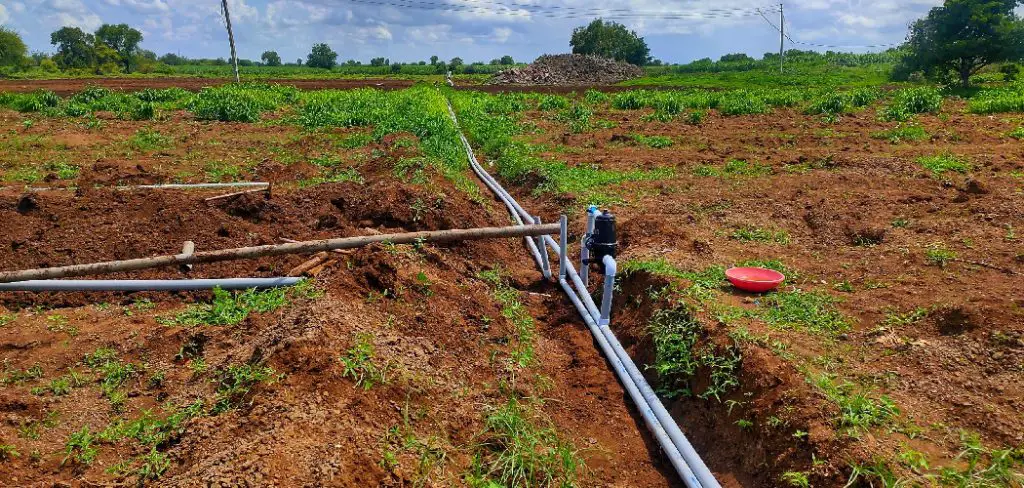
In this blog post, we’ll walk through the best practices for how do i locate my water line and discuss common issues related to its upkeep. You’ll be up and running in no time!
9 Best Ways on How Do I Locate My Water Line
1. Property Survey:
The quickest way to locate your water line is to check the property survey from when you purchased your house. It usually contains a detailed drawing of where pipes are located on your property. If you don’t have one, you can request a copy from the local municipality’s office. This survey can also help you find out where your service line and water shutoff valve are located.
2. Look for the Water Meter:
Your home’s water meter is usually located outside near the street or sidewalk, close to where your water line enters your property. If you’re having trouble locating it, look for a circular metal cover that can be lifted off – this could be hiding the meter from plain sight. If you’re still having trouble, try checking around your home’s foundation or near the water heater.
3. Follow Your Service Line:
From your water meter, follow the service line – this is a crucial step to identify where your water line is located, and it’s easier than digging up your entire yard! The service line is usually a copper pipe that runs from your water meter to your home. This method is especially effective if your home has an underground irrigation system.
4. Check Around Your Yard:
If you’re unable to locate the water meter or service line, it’s time to start looking around your yard. Look for patches of grass that are greener and healthier than others – this could indicate a leak in your water line below the surface.

You can also listen for the sound of running water or use a metal detector to help pinpoint its location. Checking areas that are more prone to high traffic or digging, such as near your driveway or garden, can also help narrow down where the water line may be located.
5. Look for Utility Markers:
Utility companies will often place colored flags or spray paint in yards to mark where underground pipes and lines are located. These markers can indicate where your water line is buried, and you can use them as a guide to help you trace the line’s route. If you’re unsure about the markers’ meaning, contact your local utility company for assistance.
6. Use a Pipe Locator:
If all else fails, you can use a pipe locator to help accurately locate your water line. These devices send signals through metal pipes and use electromagnetic fields to detect underground pipes’ location. You can rent or purchase one from home improvement stores or hire a professional to do the job for you. Using a pipe locator is especially useful if you have an older home with outdated or unmarked plumbing systems.
7. Check the Curb Box:
The curb box is a small metal or plastic cover located near the street or sidewalk – it provides access to your water line from the mainline. By lifting off the cover, you can check for any leaks or clogs in your water line. If you’re unsure where the curb box is located, contact your local municipality for assistance.
8. Trace From Indoor Plumbing:
If all else fails, you can also try tracing the water supply lines from indoor plumbing fixtures like sinks and toilets. The pipes will typically run from these fixtures to a mainline or service line, which can help you narrow down where your water line is located. While this method can take more time and effort, it can still be an effective way to identify your water line’s route.
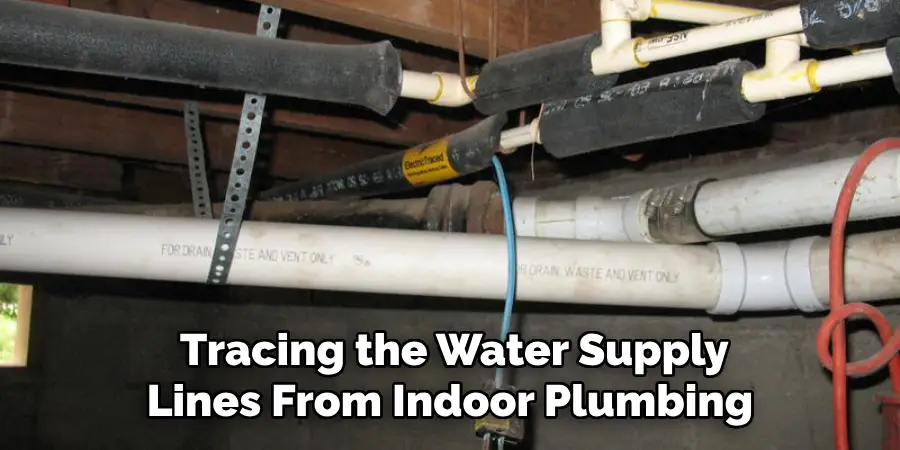
9. Contact a Professional:
If you’re still unable to locate your water line, or if you suspect there may be a problem with the line, don’t hesitate to contact a professional plumber or utility company for assistance.
They have the necessary tools and expertise to accurately locate your water line and address any issues that may arise. So, if you’re feeling overwhelmed or unsure about identifying your water line, don’t hesitate to seek professional help.
Following these steps and tips, you should now be able to confidently locate your water line without any trouble. Remember, it’s always better to be prepared and informed about your home’s plumbing systems rather than being caught off guard by unexpected leaks or problems. With a little bit of knowledge and some detective work, you can easily identify the location of your water line and ensure its proper upkeep. Happy hunting!
Additional Tips and Tricks to Locate My Water Line
1. If you are unable to locate your water line using the above methods, consider contacting a professional plumber. They have specialized tools and equipment that can help identify the exact location of your water line.
2. Another way to determine the location of your water line is by checking for any visible signs of a leak or damage. Wet spots on your lawn, low water pressure, or unusual noises coming from your pipes can all be indications of a water line issue.
3. If your home was built recently, you may be able to obtain the plumbing plans from the builder or local municipal office. These plans will provide detailed information on the layout and location of your water line.
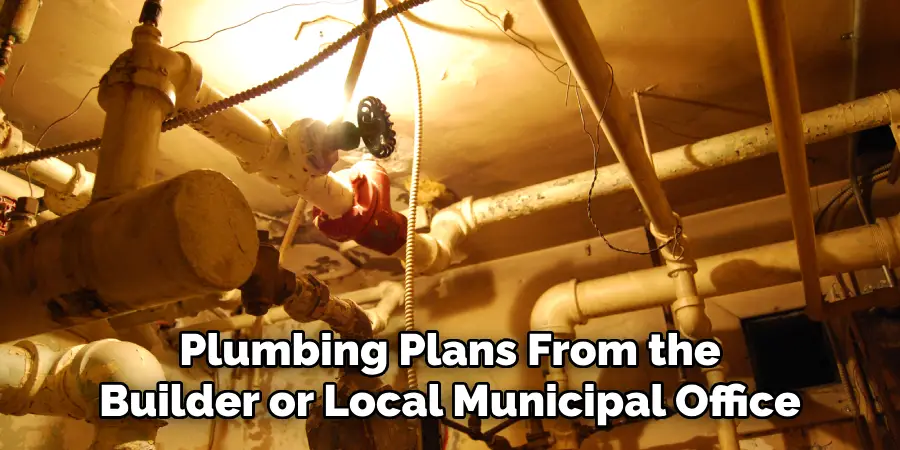
4. Depending on where you live, there may also be utility companies that offer free services to locate your water line. Contact your local utility company to see if this is an option.
5. If you are planning on doing any major landscaping or construction near your home, it’s important to know the location of your water line. This will prevent any accidental damage and save you from costly repairs in the future.
6. In some cases, your water line may be buried deeper than the methods mentioned above can detect. In this situation, using a ground penetrating radar (GPR) may be necessary. This device uses high-frequency radio waves to create an underground map of any utility lines.
7. It’s always a good idea to mark the location of your water line for future reference. You can do this by placing markers or flags in the ground above the water line. This will make it easier to locate in case of any future repairs or maintenance.
8. Regularly inspecting your water line and being aware of its location can help identify any potential issues early on. This can save you from major headaches and expenses down the road.
9. If you are still having trouble locating your water line, consider consulting a professional surveying company. They have the expertise and equipment to accurately locate underground utilities, including your water line.
10. Finally, always remember to follow safety precautions when attempting to locate your water line. If you are using any tools or digging near the area, be sure to call your local utility company beforehand to ensure there are no gas or electric lines in the vicinity.
Following these tips and tricks can help you successfully locate your water line and ensure its safety for years to come. Remember, it’s always better to be proactive in maintaining your home’s water supply rather than dealing with unexpected issues later on. So, take the time to familiarize yourself with the location of your water line, and don’t hesitate to seek professional help if needed. Happy digging!
Frequently Asked Questions
Can I Locate My Water Line on My Own?
Yes, there are various methods you can use to locate your water line, but it’s always recommended to seek professional assistance if you are unsure or unable to do so.
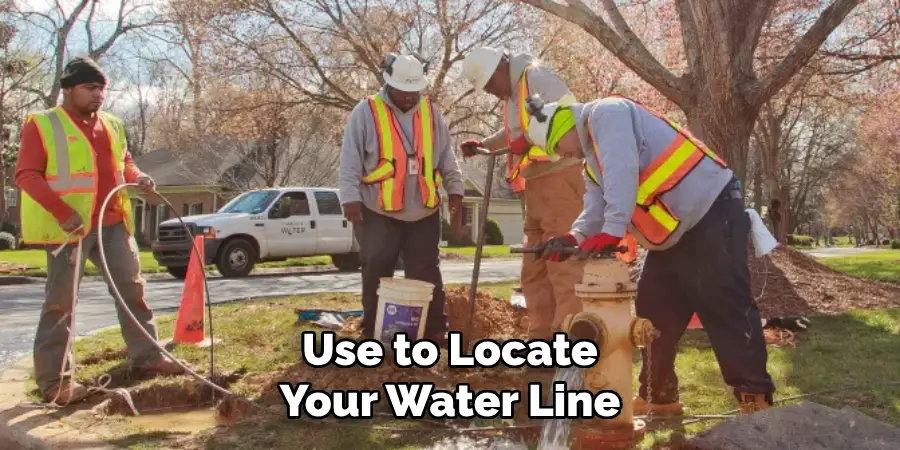
How Deep is My Water Line Typically Buried?
The depth of your water line can vary, but it is usually buried at least 2-3 feet underground. In colder climates, it may be buried even deeper to protect it from freezing temperatures.
What Should I Do if I Suspect a Leak in My Water Line?
If you suspect a leak in your water line, it’s important to act quickly and contact a professional plumber. They can properly assess the issue and make any necessary repairs before it becomes a bigger problem.
Am I Responsible for Maintaining My Water Line?
In most cases, homeowners are responsible for maintaining their water line from the connection at their property to the mainline. However, it’s always best to check with your local utility company for specific guidelines.
Conclusion
Knowing how to properly locate your water line is an important part of maintaining your home and property. Taking the time to do this will ensure that you understand when, where, and how to access it in case something goes wrong. The most accurate way to stave off costly and inconvenient misdirections is to call a professional who has the proper knowledge, equipment, and experience to precisely locate it.
Fortunately, with proper research and dedication, you can be sure that you are making the most of your resources when it comes to figuring out How Do I Locate My Water Line. Looking for a certified technician? Be sure to check out [COMPANY NAME] for quality and reliable plumbing services today!

